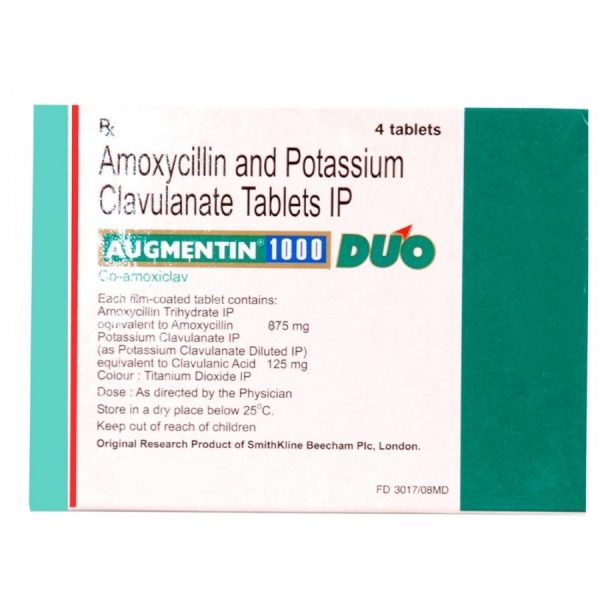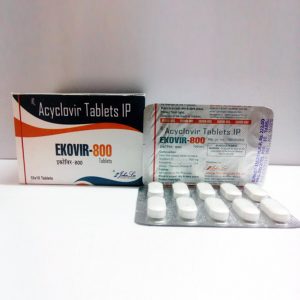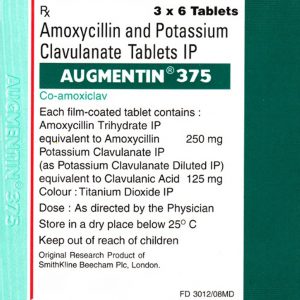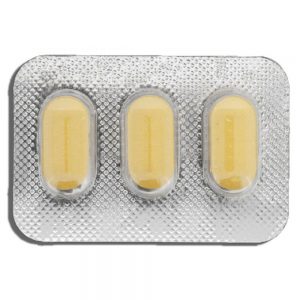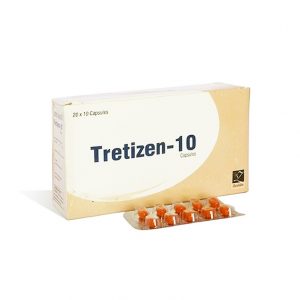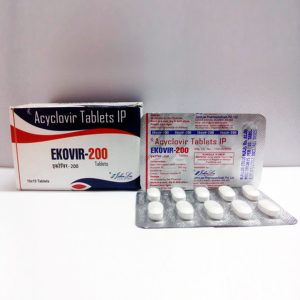There are many drugs to fight bacterial infections, and Megamentin 1000 is one of the most common remedies of this kind. It is widely used to treat acute respiratory infections, and is suitable for both adults and children.
Description
The main active ingredients of Megamentin 1000 mg are two substances. First of all, it is a semi-synthetic antibiotic amoxicillin, belonging to the penicillin group, and clavulanic acid having a beta-lactam structure. Each component plays an important role in the mechanism of the pharmacological action of the drug.
Penicillin antibiotics have been known for a very long time. In fact, these were the first potent broad-spectrum antibacterial drugs invented by medicine. The principle of action of penicillins is based on the fact that they act on some enzymes contained in the cell wall of bacteria, and destroy it, so that bacteria die.
However, after some time, the penicillins have largely lost their effectiveness. This happened because many bacteria have learned to produce special substances – beta-lactamase. They reacted with penicillins, and did not allow them to perform their function. As a result, the range of microorganisms, against which penicillins were active, was significantly reduced. Therefore, in many diseases, amoxicillin, like other penicillins, has become useless.
This situation did not suit anyone, because the penicillins were known as inexpensive and relatively safe antibiotics. And then the British researchers found a solution – to combine amoxicillin with clavulanic acid, which has the ability to inhibit the effect of beta-lactamase on the antibiotic. In addition, clavulanic acid has its own antimicrobial activity, although it is inferior in this parameter to penicillins.
This is how Megamentin 1000mg appeared. First, it was produced by the British pharmaceutical company GlaxoSmithKline under this trademark, and then on the basis of this drug, a similar company, including a combination of amoxicillin and clavulanic acid, began to be produced by pharmaceutical companies in other countries. However, the original drug – Augmentin still enjoys well-deserved respect and is among the most frequently prescribed antibiotics in the world.
And this is not surprising, because few what bacilli can resist the combination of amoxicillin and clavulanic acid. Augmentin affects different types of bacteria:
- Gram-negative,
- gram-positive,
- anaerobes,
- aerobes
Thus, Augmentin is among the broad spectrum antibiotics.
What kind of bacteria does Augmentin destroy?
- streptococci
- staphylococcus,
- shigella
- Klebsiella,
- enterococci,
- Clostridiums
- Gardnerella,
- Brucella,
- hemophilus bacillus,
- Helicobacter pylori,
- Proteus,
- cholera vibrios,
- salmonella,
- morakselly,
- leptospira,
- treponema.
In particular, these types of bacteria, such as streptococci, moraxella and hemophilus bacillus, are most often responsible for infections of the upper and lower respiratory tract (ARI, bronchitis and pneumonia).
However, a number there are a number of microorganisms on which Augmentin does not act. Bacteria that are resistant to antibiotics:
- mycoplasmas
- chlamydia
- enterobacter,
- citrobacter,
- pseudomonads,
- yersinia
- legionella.

